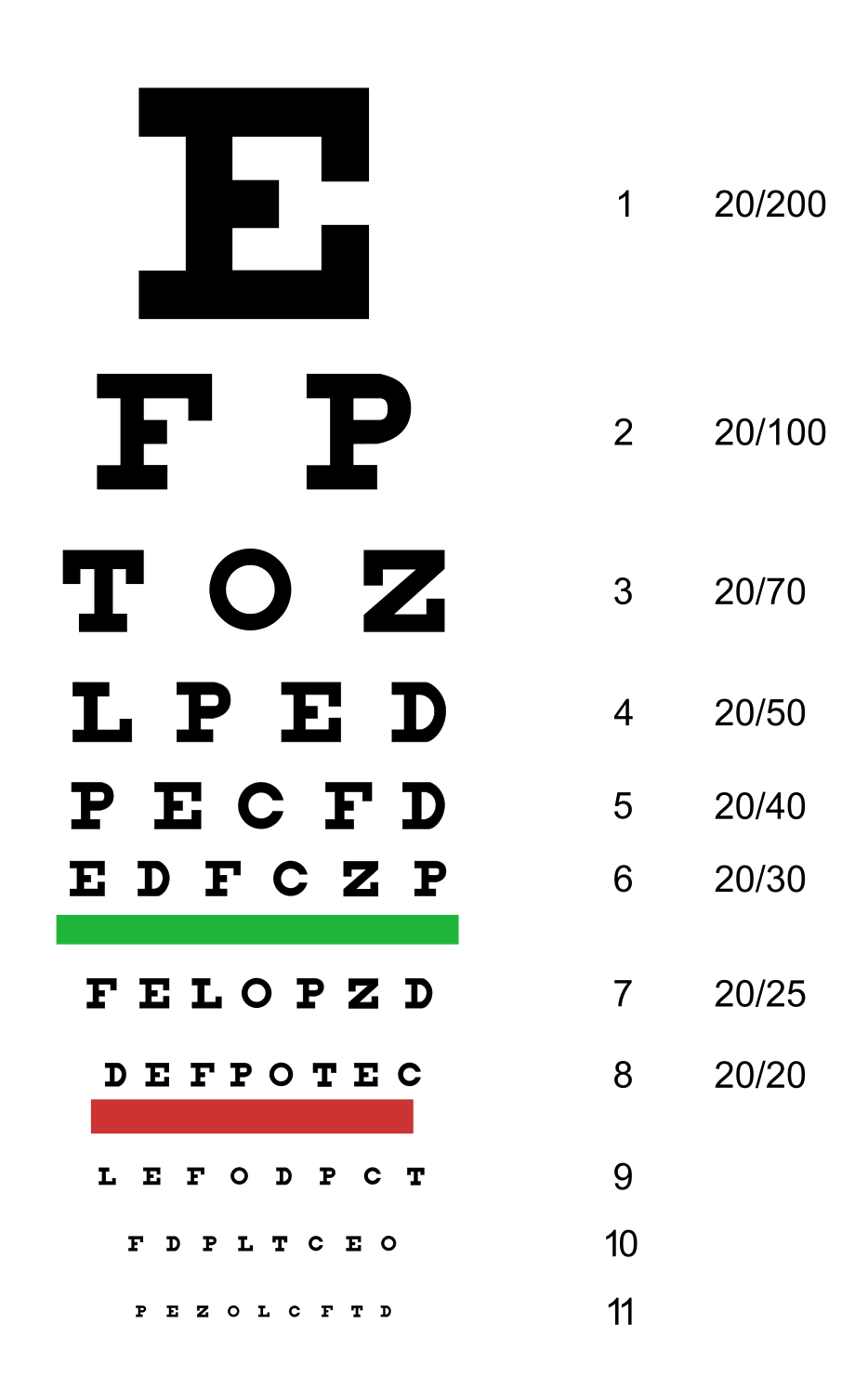This is a question frequently asked by patients and their relatives before undergoing cataract surgery. So before this, you must know about cataracts and 20/20 vision.
What is a Cataract?
A cataract is an opacification of the clear, crystalline natural lens. A cataract starts when the proteins present in the lens start degenerating. It prevents the light from entering the retina of the eye.
The retina works by converting the light into electrical impulses, then it sends the electrical impulses to the optic nerve, which carries them to the brain. A cataract develops slowly and interferes with your vision.
What happens in Cataract Surgery?
The ophthalmologist removes the cloudy opaque lens from the eyes during the surgery and replaces it with a clear, artificial lens. This lens is very durable and lasts for the rest of your life.
Cataract surgery is quick, relatively safer, and does not require any admission. Also, the recovery time after cataract surgery is faster, with medicines given for just a month. In addition, most patients start seeing clear and brighter just after the surgery, and they can quickly identify colours.
What does a 20/20 vision mean?
20/20 vision means having a vision where you can see things clearly from 20 feet away.
This vision means that the sharpness of your eye vision or visual acuity at 20 feet away from an object is standard.
So optometrist checks for this vision to know how clear and better you can see at a distance of 20 feet away.
Watch the full video on Shekar Eye Hospital YouTube Channel
What is Visual Acuity?
Visual acuity is the ability to identify an object clearly or, in other words, the precision of your vision. Whenever you visit an ophthalmologist, the first test done by an Optometrist is to check your vision. This test estimates your vision and identifies any defect in your eye.
Visual acuity is made by the combination of optical and neural elements, that includes :
- The health of the cornea and lens
- The health and functionality of the retina, how sharply it forms the images
- How well your brain can interpret the sensory inputs from the retina
Types of charts for visual Acuity:
Visual acuity exams are commonly conducted using two types of charts:
1- Snellen chart
2- Random E chart
Whenever you go for an eye check-up, an Optometrist may ask you to read an eye chart, called Snellen’s chart. This chart is used to test a patient’s visual acuity. In addition, he may use different charts to measure the distance and near visual acuity.
Snellen chart test:
In the Snellen eye chart, the letters are arranged in rows and columns, and each row consists of multiple alphabets in block letters. The first row has one giant letter, and in the subsequent rows, the number of letters increases and their size gradually decreases.

To check your vision, you are asked to stand or sit at a distance of 20 feet (or 6 meters) away from this chart. Then the Optometrist covers one of your eyes and makes you read the chart from the uncovered eye. This is documented as your vision in that eye and is checked for both the eyes separately and binocular also.
Snellen chart test results:
After your visual acuity assessment, you will get your results in the form of a fraction in which the top number represents the distance at which you are standing from the chart, which is 20 feet or 6 meters. The number below represents the distance at which a person with normal vision can also read the same alphabets that you read.
Random E test:
Random E test is used for children and adults who have difficulty in identifying letters. This test is almost the same as the Snellen test, but instead of reading different letters in each row, this test consists only of the block alphabet E. The E faces different directions as you come down in the chart, and its size decreases gradually. You will be asked to identify the direction of the limbs of E (up, down, left and right).

Cataract surgery and 20/20 vision
Cataract surgery does not always guarantee a 20/20 vision. The surgery corrects the lens opacification by replacement with an artificial lens. Sometimes, a residual refractive error may exist, corrected with glasses. For a 20/20 vision, multiple factors come into the picture, including the tear film, cornea, lens, retina, optic nerve and the brain.
The anatomical integrity and adequate functioning of all these parts are equally important in providing a precise vision. Any condition affecting any of these structures may result in compromised vision.
Examples of conditions that can affect the quality of vision after cataract surgery include:
1. Dry eyes, altering the tear film
2. Diseases of the cornea, scars or opacities
3. Glaucoma
4. Diabetic and hypertensive changes in the retina
6. Macular scarring
7. Pre-existing lazy eye
8. Optic nerve diseases
9. Certain neurological conditions
Most of these conditions are identified during the detailed evaluation before cataract surgery. You may be asked to undergo certain additional tests, which may help the ophthalmologist in prognosticating your visual outcome after the cataract surgery.
Conclusion-
Cataract surgery allows light to enter the eye, but merely allowing the light to enter the eye cannot give you a 20/20 vision. This is because light has to be converted into electrical signals by the retina, and the signs have to be conveyed to the brain through the optic nerve.
Also, the brain should be in good condition to process these electrical signals and give us the image. So, replacing just the lens cannot guarantee you a 20/20 vision. Also, all other parts of the eye must be in good condition, and then only the person will get 20/20 eyesight.
Therefore, the person must know about the other co-existing health issues and eye problems affecting the vision.








